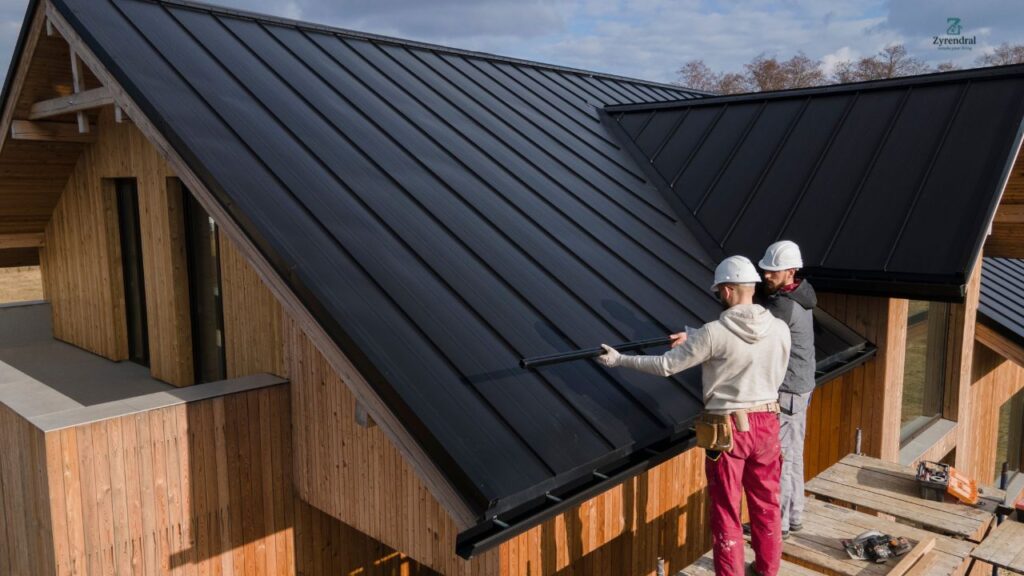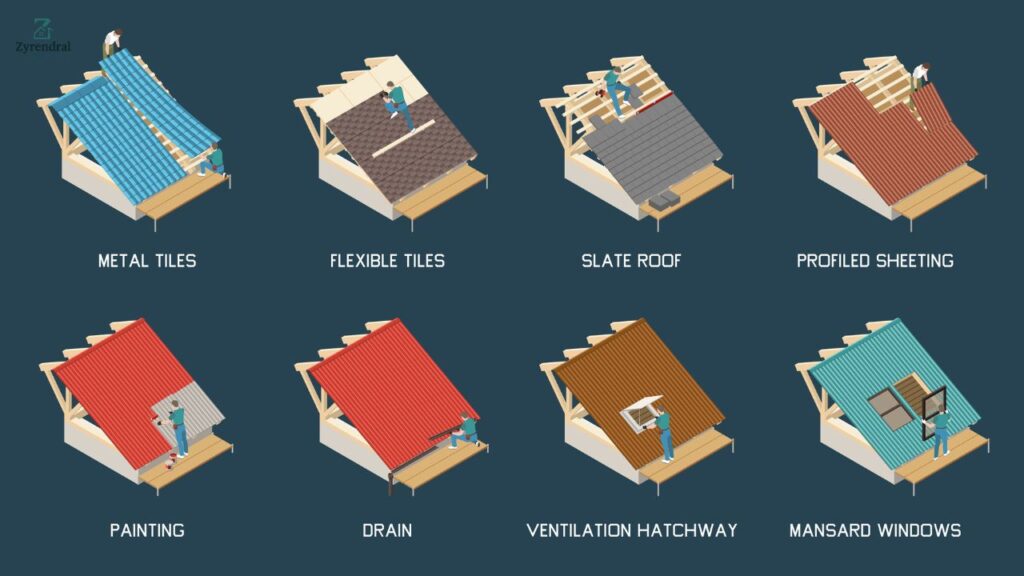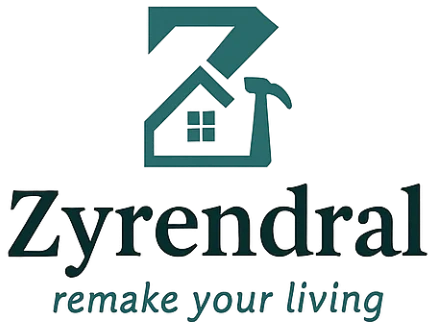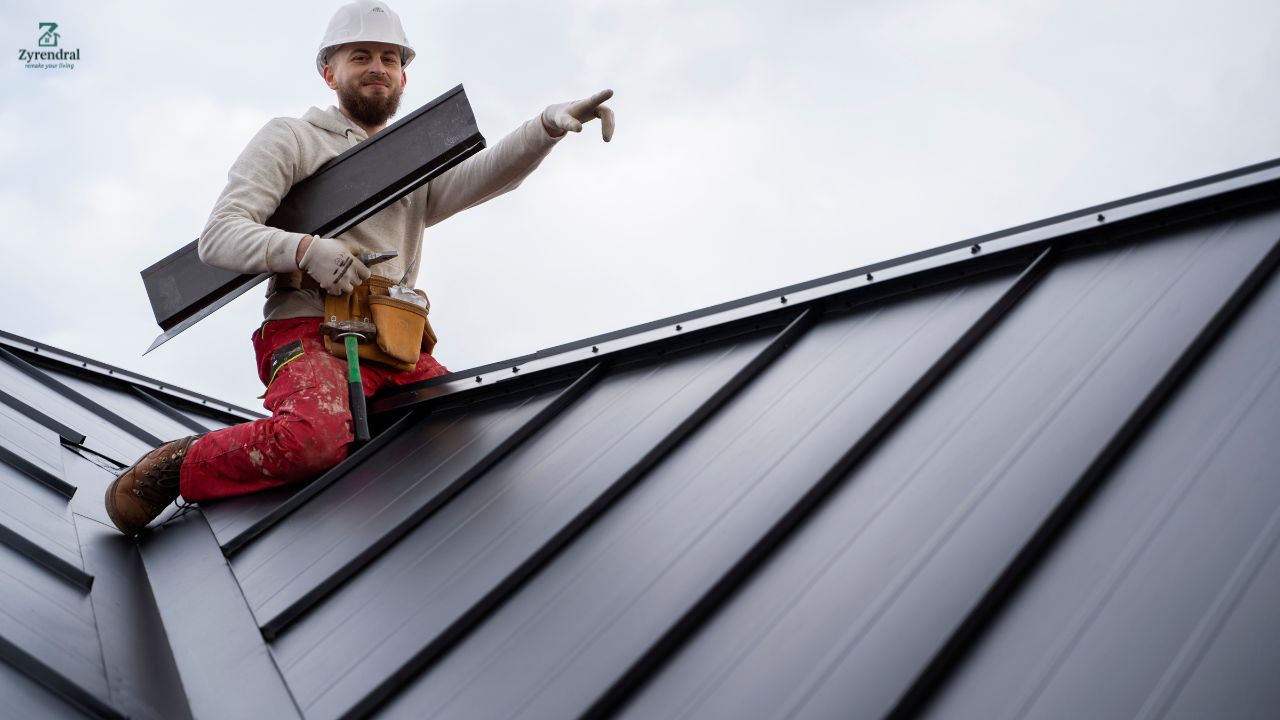Roofing plays a critical role in ensuring the safety and durability of buildings. With changing industry standards, compliance with the latest roofing cop—short for “roofing code of practice”—has become essential for builders, contractors, and even homeowners. If you’re not familiar with a roofing cop, you could unintentionally compromise safety or miss essential regulations.
This guide will help you decode everything you need to know about roofing cop, its purpose, and why it should matter to you.
Key Takeaways:
- Clear explanation of roofing codes of practice.
- A deep dive into why they ensure long-term safety and efficiency.
- Tips on compliance for professionals and homeowners alike.
Table of Contents
ToggleQuick Summary Table
| Aspect | Details |
|---|---|
| What is roofing cop? | Industry standards ensuring proper installation and maintenance of roofs. |
| Importance | Guarantees safety, structural integrity, and longevity of roofs. |
| Compliance Cost | Ranges from £1,000 – £5,000 for standards-compliant inspections/updates. |
| Key Focus Area | Materials, ventilation, drainage, flashing, and safe practices. |
What Is Roofing Cop?

Understanding the Code of Practice
A roofing cop is essentially a set of documented principles and guidelines used to ensure roofing is performed to industry standards. Aimed at reducing failures, ensuring public safety, and protecting assets, it has become indispensable in the construction domain. Prominent regions, like the UK and New Zealand, use roofing cops as benchmarks for inspections, permitting, and ensuring environmentally responsible practices.
The Importance of Roofing Cop
Why It Matters
Implementing roofing codes of practice is not just economic but also ethical. Non-compliance can lead to costly legal fines, structural damages, or even safety violations. Consider a real-life example where outdated roofing led to damage worth thousands after heavy rain exposed weaknesses directly linked to non-compliance.
Core Components of a Roofing Cop

H2 Example – Key Components of a Roofing Cop
Modern roofing codes focus on crucial elements like materials, slope evaluation, drainage systems, and ventilation. The right roofing cop ensures that quality is never compromised.
H3 Example – Materials Selection
From eco-friendly metals to innovative synthetic membranes, choosing materials that align with regional roofing cops guarantees durability and safety.
H3 Example – Inspections and Maintenance
Reputable authorities recommend twice-yearly inspections to identify potential risks. This simple step can stave off long-term damage.
Personal Background and Use Cases
For instance, professional consultant Mark Bray, with 20+ years in commercial roofing, credits his work’s reliability entirely to adherence to roofing cops. “The ROI isn’t just monetary—it’s in the safety and smiles of homeowners,” Mark highlights. His industriousness and ethical practices have led to net worth growth primarily fuelled by trust from compliance-centric clients.
User Reviews & Ratings
Real Voices
- Jane Adams (5 stars): “After updating my home according to regional roofing cop standards, my insurance premiums decreased by 20%! Highly worth it.”
- John Wilkins (4 stars): “Figuring out compliance regulations seemed daunting, but guides like this simplified the task.”
Reviews like these underscore how closely homeowners associate peace of mind and efficiency with following roofing standards.
FAQs About Roofing Cop
What does “roofing cop” mean?
It refers to the roofing code of practice detailing guidelines for correct installations, inspections, and long-term sustainability.
How frequently should roof inspections follow roofing cop guidelines?
Biannual inspections are recommended to ensure safety and extend a roof’s lifespan.
Can outdated roofing fail to meet roofing cop standards?
Absolutely. Old systems may not comply with modern materials or safety infrastructure. Consult a specialist to bridge gaps.
Why Roofing Cop Compliance Pays Off

Adhering to roofing cop standards not only safeguards your property and loved ones, but also brings lasting benefits for your wallet and the environment. Roofs built and maintained according to the proper code of practice are often more energy efficient, keeping your home cooler in summer and warmer in winter—resulting in lower utility bills over time. Additionally, compliance encourages the use of sustainable materials and responsible roofing methods, supporting a healthier planet by reducing your carbon footprint.
By understanding the roofing cop, you’re not just investing in your property—you’re protecting lives and fostering trust in your community. Practical adherence lowers risks, raises property value, and ensures peace of mind for both residential and commercial establishments.
To get started, consult a certified roofing inspector or pick up a free compliance checklist online. The effort is minimal compared to the gains you’ll achieve.
Stay informed. Stay compliant. And most importantly, build confidently with roofing cop.
Admin Recommendations
DrHomey Handy Tips for a Smarter, Healthier Home
Transform Your Summer with Brent Larson Swimming Pool St. Louis MO: A Homeowner’s Guide
Wutawhelp Advice: Your Ultimate Guide to Home Improvement and Practical Living







